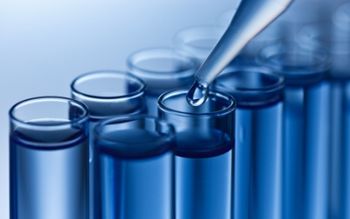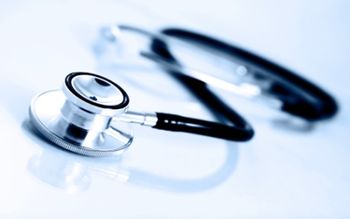
News















Killing microorganisms has become a national obsession. A pair of antimicrobial compounds known as triclosan and triclocarban are lately the weapons of choice in our war of attrition against the microbial world. Both chemicals are found in an array of personal care products like antimicrobial soaps, and triclosan also is formulated into everyday items ranging from plastics and toys to articles of clothing. But are these antimicrobial chemicals, as commonly used by people across the nation, really safe for human health and the environment? More pointedly, do they even work? According to associate professor Rolf Halden, of the Biodesign Institute at Arizona State University, the answer to these questions is an emphatic No.






While healthcare-acquired infections (HAIs) can come from numerous causative agents and may be carried by numerous modes of transmission, attention should be paid to the role of environmental surfaces throughout the facility especially those surfaces commonly considered as germ "hot spots."


Spurred by the recently published methods for substituting the use of chlorine dioxide gas as a replacement for those using formaldehyde gas, an increasing number of individuals are moving in that direction. The question now arises as to how long the exposure time needs to be at various ClO2 concentrations to accomplish an equally effective decontamination.




A Medical College of Georgia study seeks to learn how to optimize communications to avoid potentially deadly catheter-related bloodstream infections.


